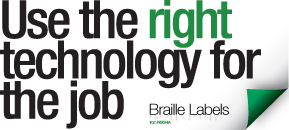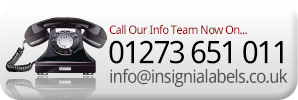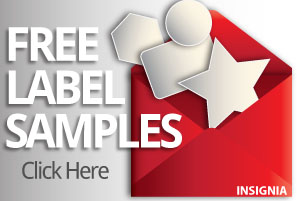CHIP - Protection by information
CHIP refers to the Chemicals (Hazard Information and Packaging for Supply) Regulations 2009, which came into force on 6th April 2009. These regulations are also known as CHIP 4.
CHIP is the law that applies to suppliers of dangerous chemicals. Its purpose is to protect people and the environment from the effects of those chemicals by requiring suppliers to provide information about the dangers and to package them safely.
CHIP requires the supplier of a dangerous chemical to:
• identify the hazards (dangers) of the chemical. This is known as 'classification';
• give information about the hazards to their customers. Suppliers usually provide this information on the package itself (e.g. a label); and
• package the chemical safely.
NOTE: Safety data sheets (SDS) are no longer covered by the CHIP regulations. The laws that require a SDS to be provided have been transferred to the European REACH Regulation 'Supply' means making a chemical available to another person. Manufacturers, importers, distributors, wholesalers and retailers are all examples of suppliers.
CHIP applies to most chemicals but not all. The details of the scope are set out in the regulations. Some chemicals, such as cosmetics and medicines, are outside the scope and have their own specific laws.
The CHIP regulations will gradually be replaced by the European Regulation on Classification, Labelling and Packaging of Substances and Mixtures - known as the CLP Regulation.



